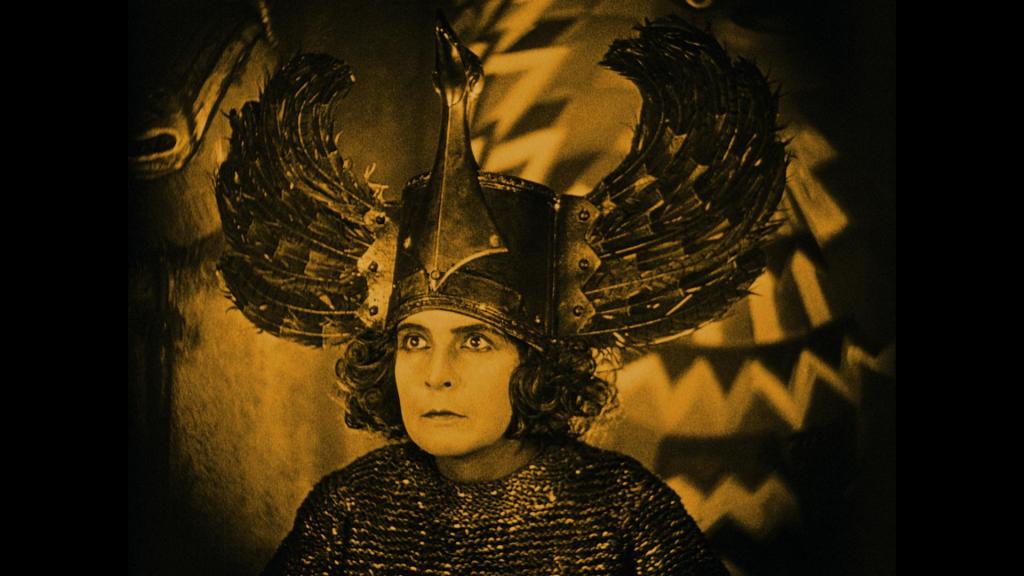 |
| Robert Ryan and Barbara Stanwyck in Clash by Night |
Mae Doyle: Barbara Stanwyck
Jerry D'Amato: Paul Douglas
Earl Pfeiffer: Robert Ryan
Peggy: Marilyn Monroe
Joe Doyle: Keith Andes
Uncle Vince: J. Carrol Naish
Papa D'Amato: Silvio Minciotti
Director: Fritz Lang
Screenplay: Alfred Hayes
Based on a play by Clifford Odets
Cinematography: Nicholas Musuraca
Art direction: Carroll Clark, Albert S. D'Agostino
Film editing: George Amy
Music: Roy Webb
There's a wonderful directorial touch in the middle of Fritz Lang's
Clash by Night that almost makes up for the talky melodrama of the rest of the film: Stealing from the romantic gesture executed by Paul Henreid in
Now, Voyager (Irving Rapper, 1942), Lang has Robert Ryan light two cigarettes at once and hand one of them to Barbara Stanwyck. She looks at it with distaste for a moment, then tosses it over her shoulder, takes out her own pack of cigarettes, and lights one herself. It's possible that the moment is spelled out in Alfred Hayes's screenplay, or in the play by Clifford Odets on which it's based, but I like to think of it as Lang's own employment of Stanwyck's great gift for playing women in charge. In fact, Stanwyck's character, Mae Doyle, is hardly ever fully in charge -- she can't control her life because of the men in it, which she describes as either "all little and nervous like sparrows or big and worried like sick bears." The problem with
Clash by Night is not the cast, which is uniformly watchable, or the direction, which does what it can with the material, particularly by exploiting the film's setting -- Monterey, the bay, the fishing fleet, and Cannery Row -- but the screenplay. It's full of Odets characters who can't resolve their internal conflicts but also can't stop talking about them. Even the secondary characters, like Jerry D'Amato's father and uncle, can't help putting in their two cents, often in florid Odetsian metaphor. The title of the film comes from Matthew Arnold's "Dover Beach," in which the speaker laments the loss of faith in a world that has "neither joy, nor love, nor light, / Nor certitude, nor peace, nor help for pain." It's a place where "ignorant armies clash by night." That bleak Victorian pessimism, however, doesn't translate very well to a story in which the clashing armies are men and women, a battle of the sexes that's a little too conventional in concept. Mae returns to her family home in Monterey, and immediately starts making a mess of things by attracting not only the good-hearted Jerry but also his cynical burnt-out friend Earl. Since Jerry is played by the somewhat schlubby Paul Douglas and Earl by the handsome Robert Ryan, we can see immediately where this is going to go, and the wait for it to get there gets a little tedious. There's also a rather pointless secondary plot involving Mae's brother, Joe, and his girlfriend, Peggy, who are played by Keith Andes and Marilyn Monroe. The backstories that stars and their personae bring to the roles they play are often valuable. Here, however, Marilyn's presence in the cast has unbalanced our subsequent reaction to the film, which can never be watched without the irrelevant knowledge of the actress's skyrocketing career, troubled relationship with her directors (including Lang, who terrified her so much that she vomited before performing a scene), and pitiable demise. Peggy is a small role, and she plays it well, but it was never meant to be the principal reason many people watch
Clash by Night.













































